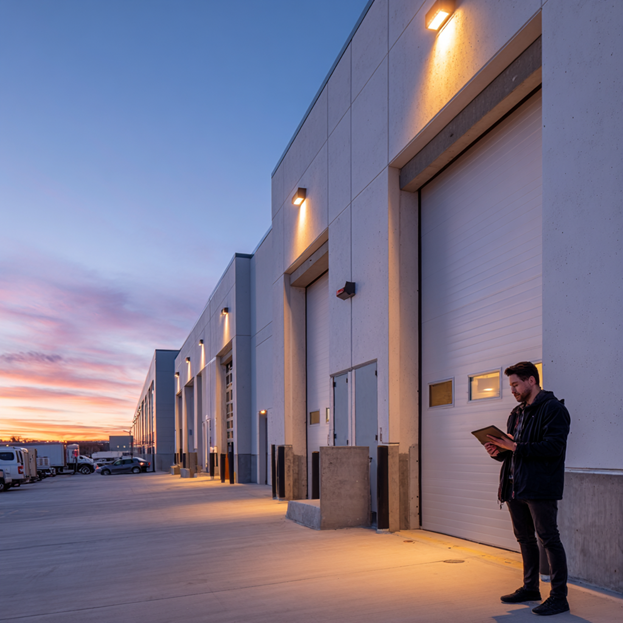Building a new home requires dedicated planning and considerations before starting with the construction process. If you’re building a new house, you need to consider not only the decorations but also the plumbing, HVAC systems, and construction materials that’ll be used.
It can be stressful and troublesome if you build a home without the right preparations. For instance, a poor plumbing system can cause leaks and major water damage in the future. To avoid problems, you need to ensure that plumbing systems are properly installed.
Here are excellent and safety tips you can use when installing a new home’s plumbing system.
1. Secure Permits
The first thing you need to do before installing a plumbing system is to obtain and secure the right permits. It may take you some time to process everything, but securing permits will help ensure that your home meets all code guidelines and safety requirements. For you and your family’s safety, a permit allows professionals to inspect and check any mistakes in your plumbing design and prevent pipe malfunctions in the future.
2. Think About Your Plumbing Needs
It would be best to consider your present and future plumbing needs when designing a plumbing system. It means that you need to decide where your drain lines, plumbing, and sewer are installed to ensure functionality. Incorporate every present and future water needs in your plumbing system while you can still access it easily and avoid spending money on repairs in the future.
You should also consider your outdoor plumbing needs to ensure that you have enough outdoor plumbing faucet connections that you can use around your house. Consider seasons as well to make sure that your pipes are sturdy and will last despite extreme weather conditions, especially during winter.
As a side note, consulting with plumbing contractors can give you helpful advice and tips to make your plumbing system work better and last longer. They can also suggest improvements that could save you money on repairs in the long run.
3. Centralize the Plumbing System
When installing a plumbing system, installing everything in one place for easier maintenance and repairs in the future is crucial. Some of the appliances you should install together include the following:
- Water Softener
- Water Heater
- Furnace
- Sewer Connection
- Sewage Ejector Pit
- Sump Pump
You can install these together in the basement as it’s the most convenient space to put your system without being an eyesore. If you don’t have a basement, you can install them on the main floor, and inside a utility closet so they’re still properly tucked away.
4. Consider Water Softeners
If you have hard water issues, installing water softeners would be perfect for your home. You should also consider installing one even if you don’t have issues right now to ensure that you’ll be able to solve this type of issue in the future. It’ll be challenging to install water softeners in the future so save yourself from extra payments by installing one while building your home.
Always think from a long-term perspective when installing something for your home. By thinking of your future needs, you can save money and avoid stress from needing to install new appliances for your system.
5. Wet Wall Sharing
Sharing a wet wall can help you save money when building a home. What exactly is a wet wall? A wet wall houses the sewer lines, water supply lines, and vent stacks. Houses typically have separate wet walls for different rooms like bathrooms and kitchen to house the pipes, but you can save money by sharing a wet wall instead. You can make a layout where bathrooms share a wall or a kitchen and laundry room share a wet wall.
You can save money by having a shared wet wall because it’ll reduce the labor and materials you need to install them. It’ll also be easier to maintain and repair your plumbing if the pipes are together in one place.
6. List Down Rooms That Need Water Access
It would be best to consider all the rooms that need water access when designing your plumbing system’s layout. The top 3 areas you need to consider are the bathrooms, kitchen, and laundry area.
- Bathroom
Consider how many bathrooms you need when designing a house, and it’s best to evaluate them individually. Will you have a guest bathroom? A bathtub? A Jacuzzi? A Shower? It would be best to list down what luxuries your bathroom will have along with the necessary toilets and sinks.
- Kitchen
When designing the kitchen, you need to consider the appliances you will have in the kitchen. You want water lines for your refrigerator, dishwasher, and sink. You should also consider the future renovations you might have, such as adding a kitchen island that needs a plumbing line if you want to install a sink in the future.
- Laundry Area
The laundry area is as important as the bathrooms and kitchen. You need to put the washer connections in the right place so they’re easier to install and use. You should also have a proper drainage line in the laundry area to avoid water buildup on the floor whenever you’re washing the clothes.
Aside from these 3 priorities, you should also have a proper plumbing layout if you want a garden, an outdoor tub, and a pool. Prepare a layout for everything, even the ones you currently don’t need, to make future installations easier.
7. Accessible Shut-Off Placement
You may want easy access to your main shut-off valve in case of emergencies. While others typically place them on hard-to-reach areas, you should opt for an area with easier access. By doing this, you can quickly shut off your plumbing system in case there’s a leak, a ruptured pipe, or even when you just need to do the regular maintenance check. You can prevent major water damage and save money if you can easily access your plumbing system’s main valve.
Takeaway
It can be costly to install new plumbing lines in the future. Avoid unnecessary spending by ensuring that your new home’s plumbing system design that’ll meet all your current and future plumbing needs! Ensure that you have a safety permit, a centralized plumbing system, and backup water softeners if you need them in the future. These simple tips will help you design a well-working plumbing system that will last long.





























